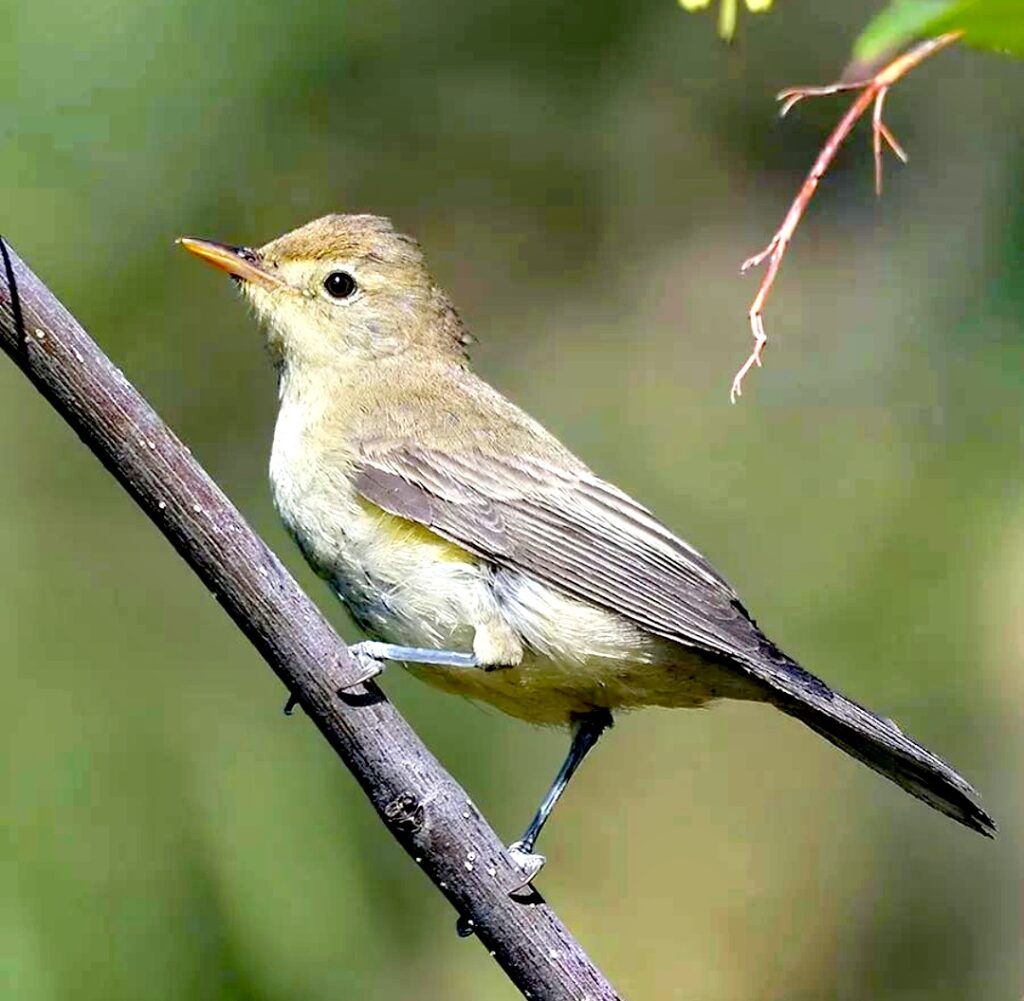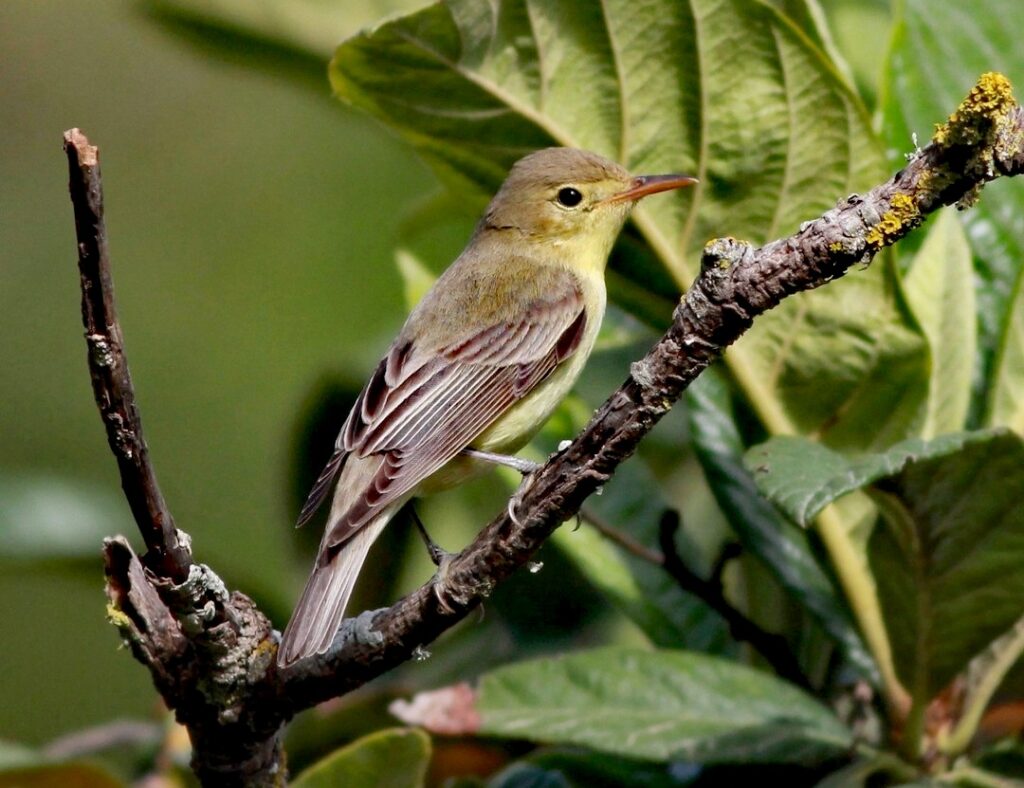ICTERINE WARBLER
Spotting an Icterine Warbler flitting among the branches or singing from a treetop is a delightful experience for birdwatchers exploring the diverse habitats of Morocco.



Appearance: The Icterine Warbler is a medium-sized warbler with a relatively plain appearance. It has olive-green upperparts and a pale yellowish underbelly, with a slightly brighter yellow wash on the throat and breast. It has a thin, pointed bill and a relatively long tail compared to other warbler species.
Habitat: In Morocco, the Icterine Warbler inhabits a variety of habitats, including woodlands, scrublands, gardens, and parks. It prefers areas with dense vegetation, such as shrubs and trees, where it can forage for food and find suitable nesting sites.
Diet: Icterine Warblers are primarily insectivorous, feeding on a variety of insects and other invertebrates found in their habitat. They forage by hopping and flitting among branches and foliage, picking insects from leaves and twigs. They may also catch flying insects in mid-air.
Behavior: Icterine Warblers are often heard before they are seen, as they have a distinctive, melodious song that they use to establish territories and attract mates. They are agile and active birds, constantly moving through the vegetation in search of food. During the breeding season, males may perform song flights to advertise their presence to females.
Breeding: Breeding typically occurs during the spring and summer months, with pairs establishing territories and building nests in dense vegetation. The female lays a clutch of eggs, usually numbering between three to six, in a cup-shaped nest made of grasses, leaves, and other plant materials. Both parents share the responsibility of incubating the eggs and caring for the young.
Migration: The Icterine Warbler is a long-distance migrant, breeding in Europe and western Asia during the summer months and migrating to sub-Saharan Africa for the winter. During migration, individuals may pass through Morocco, where they can be observed in suitable habitats.
